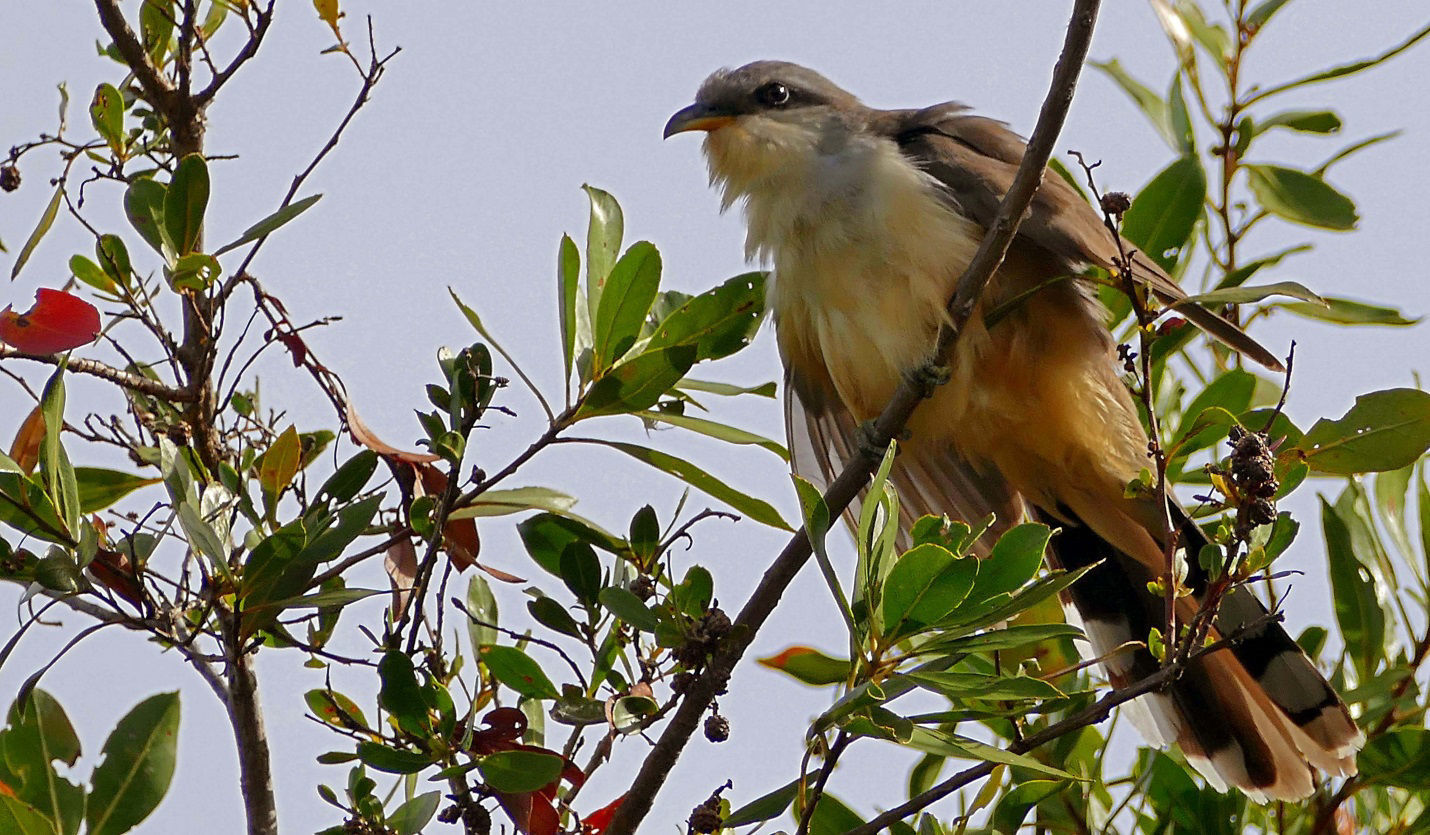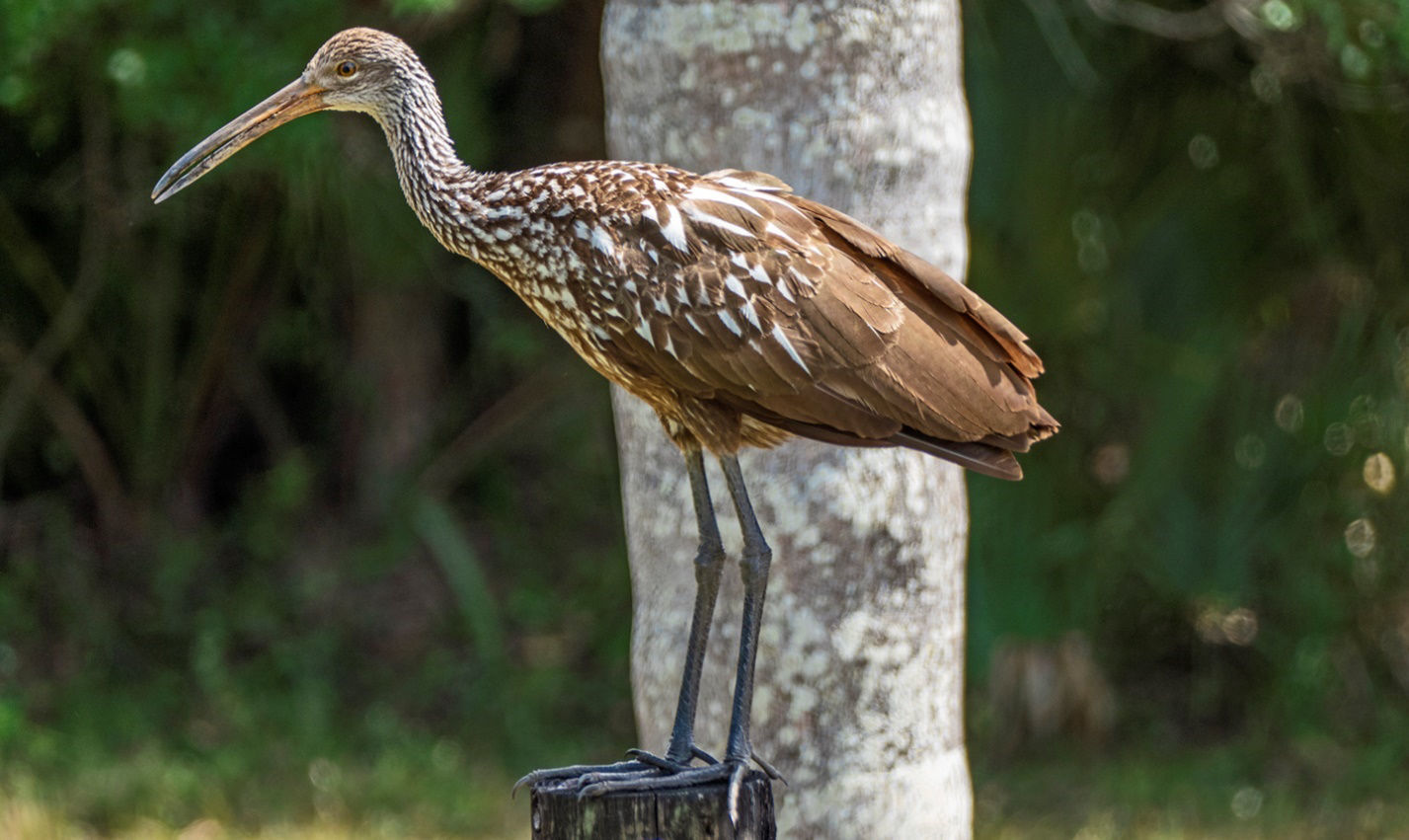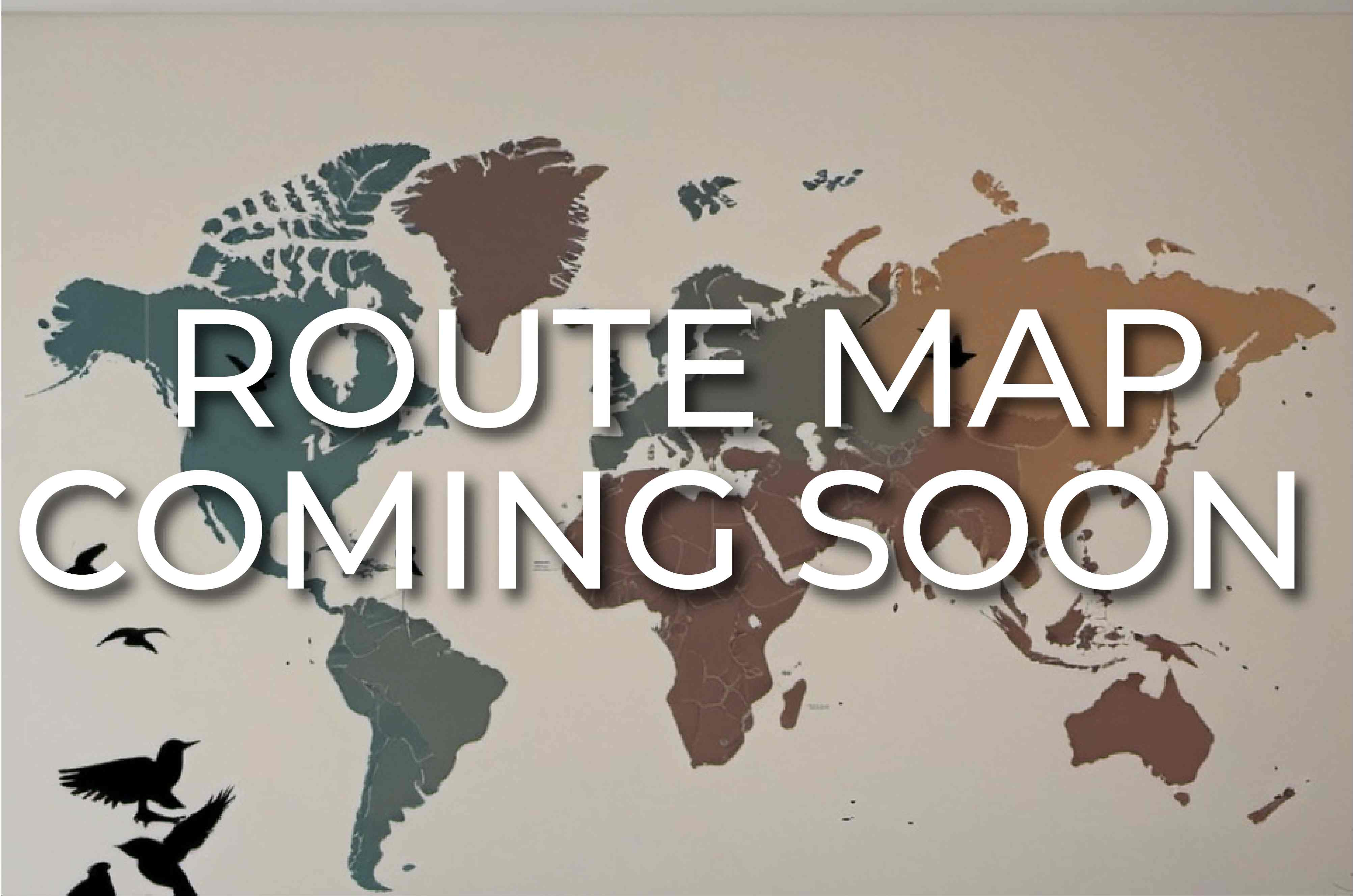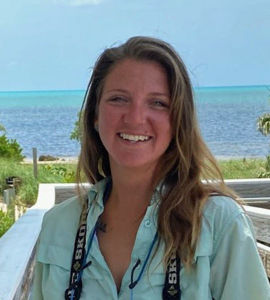Toll Free: 800.328.8368
Phone: 512.328.5221
South Florida & The Keys

Mangrove Cuckoo © Rafael Galvez
From the tropical to the temperate, springtime in South Florida offers a broad range of habitats and birds seldom seen elsewhere in the United States, including many migrants, breeders returning from the islands, exotics in Miami, endemics, and the possibility of Caribbean vagrants.
More than a dozen species of tropical and West Indian birds reach their northern limits in South Florida and are seldom seen elsewhere within U.S. borders. This is the most tropical region in the country, with unique habitats and flora and fauna found nowhere else in the world except in the Caribbean. During this tour, we will confine our efforts to the southernmost portions of Florida and focus on finding a variety of specialty birds that define the region.
Along the mangrove forests and sheltered waters of the Florida Keys we may see Magnificent Frigatebird, “Great White” Heron, Reddish Egret, northbound shorebirds, and up to seven tern species, including possible early Roseate Terns. The lush vegetation of West Indian hardwood hammocks may reveal White-crowned Pigeon, Black-whiskered Vireo, and a broad assortment of migratory tanagers, thrushes, and warblers. Cape May, Black-throated Blue, American Redstart, Ovenbird, and Prairie are among the common warblers migrating through this region in spring. Along the way, Gray Kingbird will be ubiquitous, yet we may be rerouted at any time for Caribbean vagrants. Western Spindalis, Bahama Mockingbird, and Thick-billed Vireo have been seen on prior tours. At strategic locations, we will keep vigils for Antillean Nighthawk, and Mangrove Cuckoo if we are lucky.
In the vast Everglades National Park and environs, we will seek Wood Stork, Roseate Spoonbill, Swallow-tailed Kite, Short-tailed Hawk, Purple Gallinule, and the iconic “Cape Sable” Seaside Sparrow. In specialized habitats like the pine rocklands—one of the state’s most floristically diverse—we will search for Brown-headed Nuthatch, “White-eye” Eastern Towhee, Chuck-will’s-widow, and an assortment of owls. Big Cypress National Preserve will offer us Limpkin, Snail Kite, and nearly a dozen species of bromeliads.
In temperate pine flatwoods to the north we will look for Bachman’s Sparrow, Pine Warbler, and various woodpeckers. Red-cockaded Woodpecker has been seen in this area on prior tours. In adjacent sand scrubs we will search for the state’s sole endemic bird species, the charismatic Florida Scrub-Jay. As we return to subtropical realms, we will visit an assortment of wetlands where we will have intimate encounters with nesting wading birds and their chicks, including Anhingas, storks, and many herons and egrets. The abundance and close proximity to nesting waterbirds in these marshes is unparalleled. We may also see Least Bittern, Black-bellied Whistling-Duck, and many shorebirds.
We will also cover the urban and suburban landscapes of Miami, where various parakeets and parrots, Common Mynas, Red-whiskered Bulbuls, and Spot-breasted Orioles are possible. The lakes and canals that crisscross the metropolis are home to established Gray-headed Swamphens and Egyptian Geese.
Comfortable accommodations; birding along roadsides and on short hikes; typically warm and humid, temperature may sometimes reach into the 90s (F), with afternoon showers possible.

Limpkin © Rafael Galvez
Price: $4,895
This departure is sold out. Please contact the VENT office to register for the waitlist.
Departure Dates
Route Map

Tour Leaders

Rafael
Galvez

Mariah
Hryniewich
Field Reports
No Field Reports
Connecting Tours
Operations Manager

Erik
Lindqvist
Questions? Contact the Operations Manager or call 800.328.8368 or 512.328.5221


